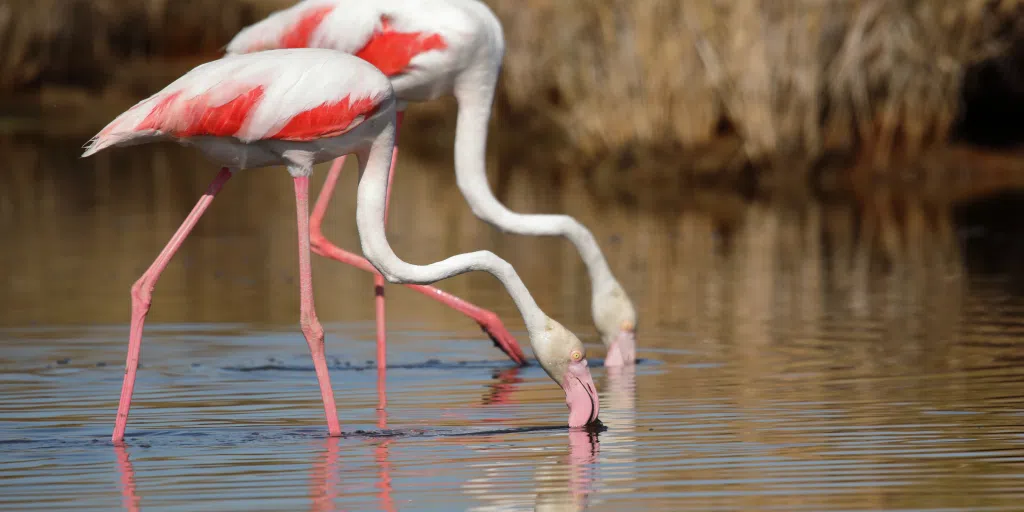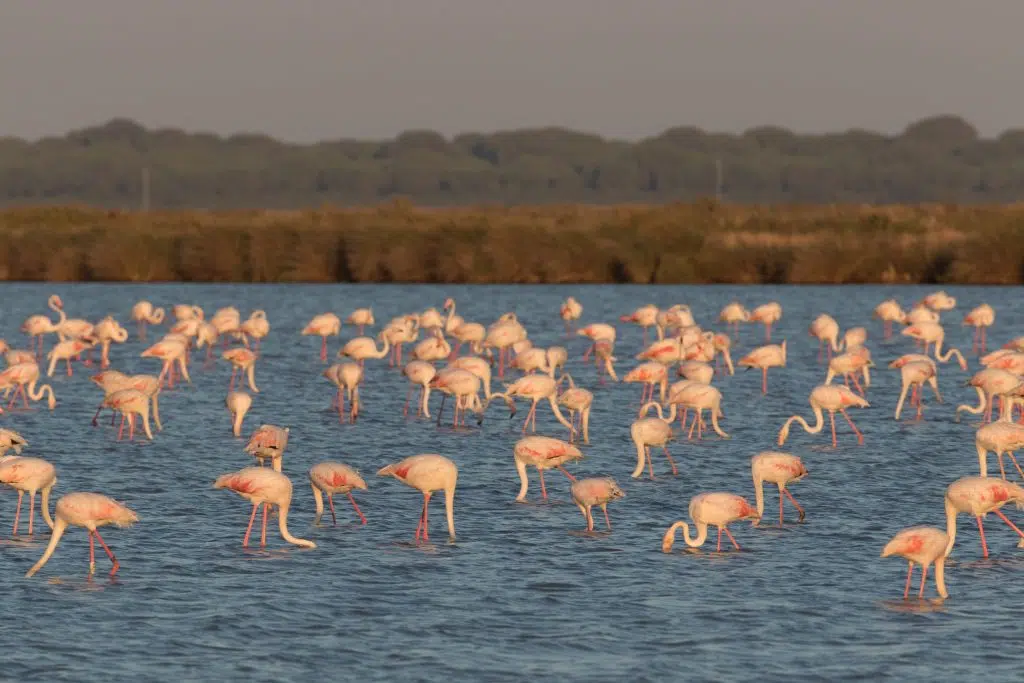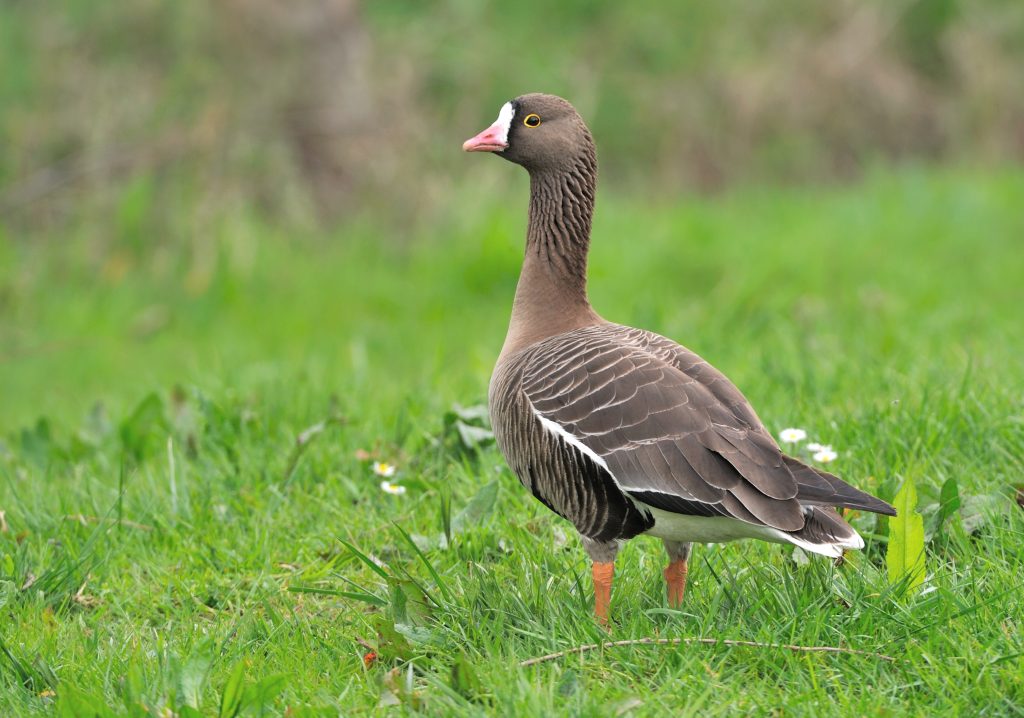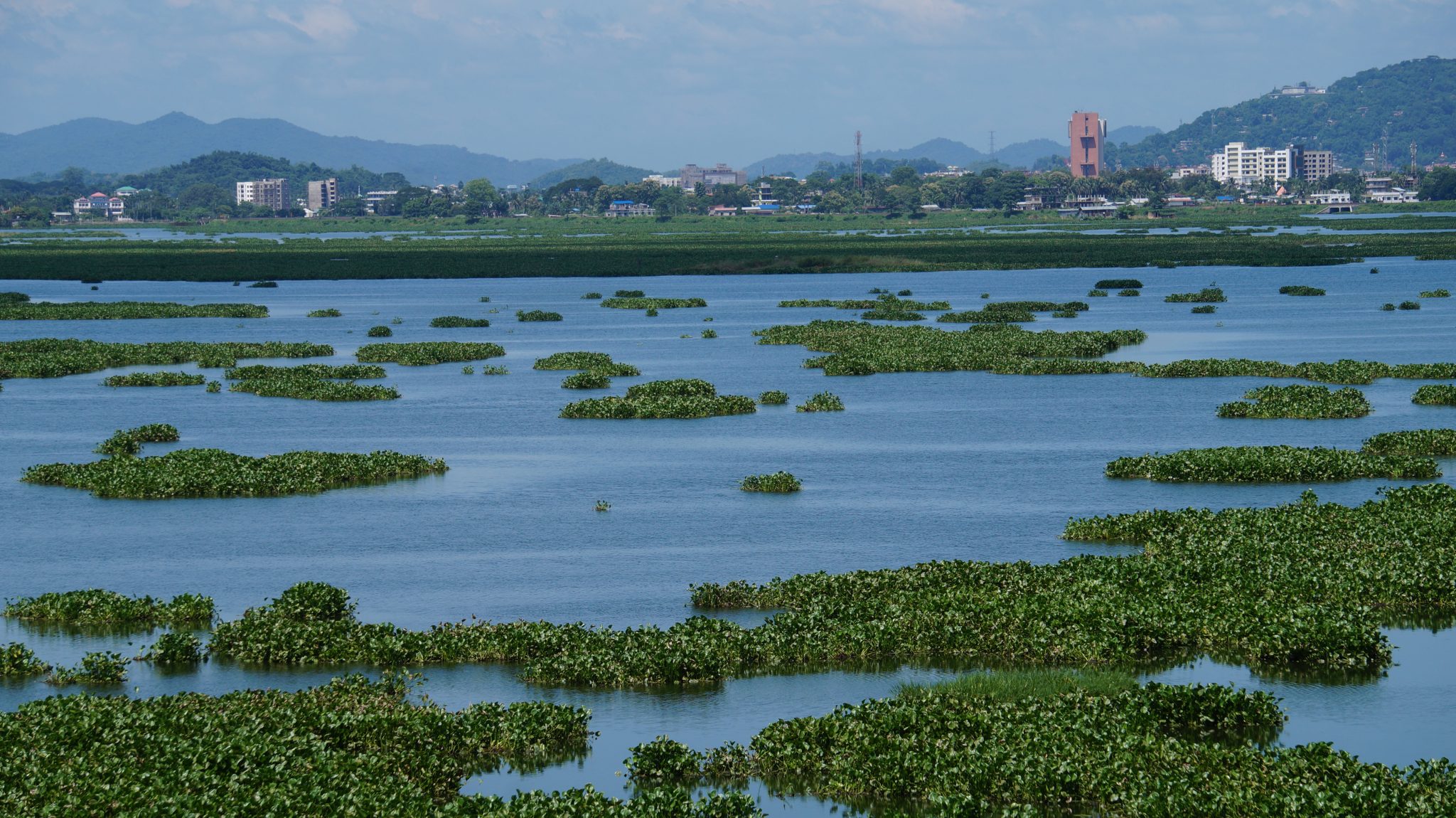Nature Conservation Day 2024: preserving nature to protect our future

Every year, on July 28, people around the world celebrate nature conservation as one of the greatest ways to care for and protect our planet. This day serves as a reminder of the crucial importance of conserving the planet’s natural resources and recognising the efforts and successes of those who save nature every day.
Our planet is in the midst of a climate crisis and a biodiversity breakdown, leading to what is known as the sixth mass extinction event. Human activities hold a great share of responsibility for habitat destruction, but we also have the key to the solution. With enough support, dedication, and resources, we can reverse the damage. This is where nature conservation comes into play, safeguarding species from extinction, restoring habitats, and protecting our biodiversity.
BirdLife is the largest international Partnership for nature conservation. Through the incredible efforts and numerous projects of our national Partners around the globe, we relentlessly strive to conserve birds, their habitats, and global biodiversity. In Europe and Central Asia, we work on bird and biodiversity conservation through our 46 national partners. Their projects not only safeguard local species and habitats but also build on ecological sustainability and include local community engagement.
To celebrate Nature Conservation Day, here are three inspiring stories from the past year that showcase some of the many astounding conservation projects within BirdLife Europe & Central Asia:
Cover photo by Eduardo Medina (shutterstock)
The Rebirth of Doñana
The Doñana wetlands, a UNESCO World Heritage site in Spain, is a vital habitat for migratory birds and a variety of endangered species like the Iberian Lynx. This precious ecosystem faces threats from climate change and illegal water extraction, exacerbated by prolonged droughts and intensifying agricultural demands. The battle for water became a fight for survival rights both for nature and farmers. Thanks to the tireless work of scientists, UNESCO, IUCN, the Natura2000 Network, and environmental NGOs, including our Partner SEO/BirdLife, the Spanish and Andalucian governments have agreed to abolish destructive agriculture and invest €1.4 billion in sustainable farming in Doñana. This initiative will support both farmers and conservation efforts.
Bringing Back Europe’s Rarest Goose
The Lesser White-fronted Goose (Anser erythropus), once numbering over 10,000 specimens, has seen its population plummet to fewer than 100, earning a ‘Vulnerable’ conservation status. Threats such as poaching, climate change, and habitat loss have contributed to this decline. The “LIFE Lesser White-fronted Goose Climate project,” led by our Partner the Lithuanian Ornithological Society and funded by the EU LIFE programme, involves international collaboration with BirdLife Partners from Estonia, Norway, Greece, and other NGOs. Their joint efforts focus on restoring habitats, innovative breeding ground research, expanded monitoring, and legislative advocacy. Thanks to their work, significant progress has been made since 2020. Read the full story here
The Extraordinary Value of the North Atlantic Ocean
The North Atlantic Current and Evlanov Sea basin (NACES), a key biodiversity site in the heart of the North Atlantic Ocean, became a Marine Protected Area (MPA) back in 2021. Covering an area equivalent to continental France, this MPA serves as a seasonal home for 5 million seabirds annually. What started as a seabird conservation project uncovered an even greater biodiversity treasure over the following years: majestic creatures such as Blue and Fin whales and Leatherback and Loggerhead turtles also use the site for migration and foraging. Recent data brought to light the existence of vulnerable marine ecosystems in the area, such as deep-sea sponges and coral gardens, and even wider biodiversity inhabits the seafloor habitats of the MPA. In 2023, over 16,400 citizens joined BirdLife’s call for better protection of the site. This process culminated in a resounding triumph, with OSPAR’s decision to expand the conservation objectives of the site beyond seabirds. Read the full story here
Despite their different goals and outcomes, the revival of Doñana, the resurgence of the Lesser White-fronted Goose, and the enhanced protection of NACES underscore the importance of collaborative action, innovative strategies, and community engagement in safeguarding our planet’s biodiversity. Conservation works, and the work of BirdLife contributes to the global collective effort to ensure that our natural world thrives for generations to come.



You might also be interested in:
 | Stichting BirdLife Europe gratefully acknowledges financial support from the European Commission. All content and opinions expressed on these pages are solely those of Stichting BirdLife Europe. The European Commission is not responsible for any use that may be made of the information it contains. |









